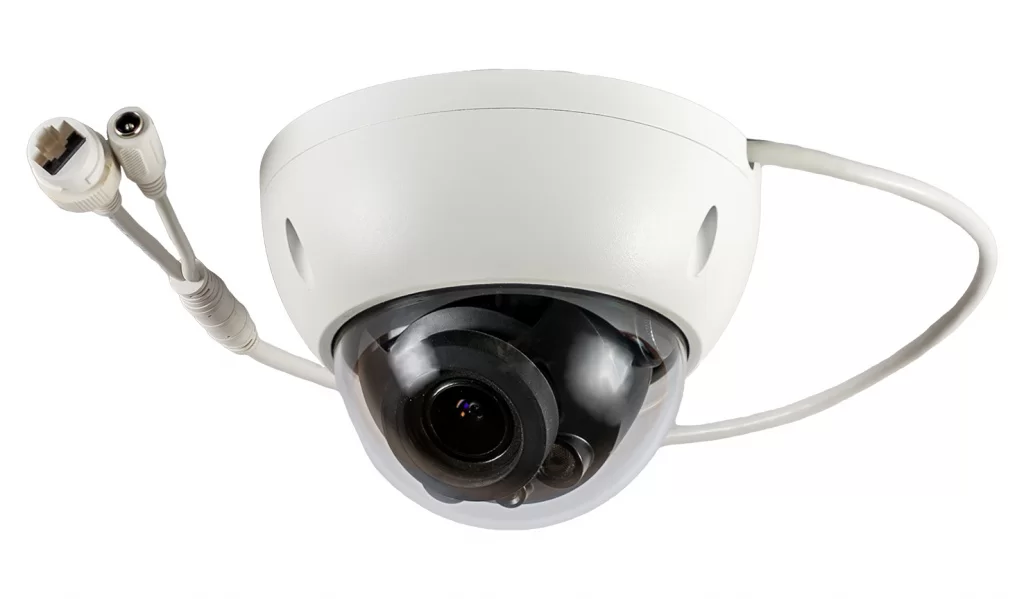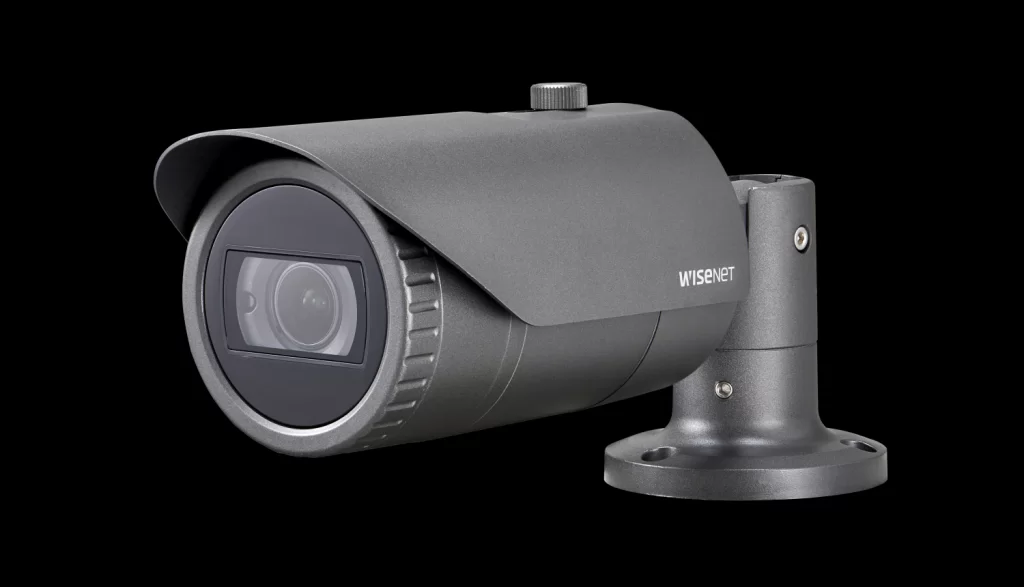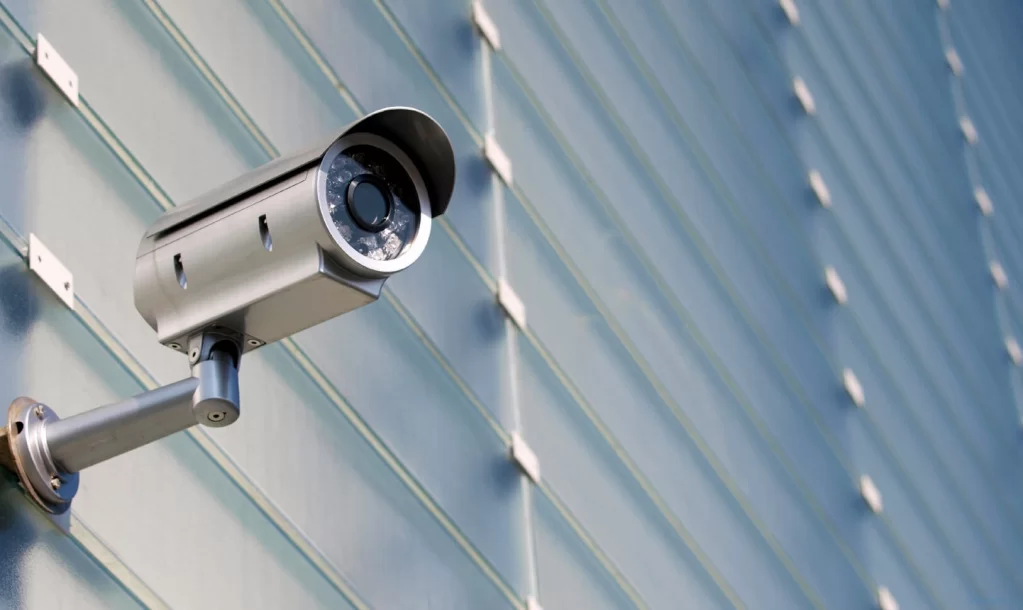
How an IP camera differs from an analog one: description and differences
When designing a video surveillance system, engineers need to solve a huge number of problems associated with both laying cables and choosing cameras directly. Moreover, today there are a huge number of their varieties on the market, which further complicates the determination of the appropriate type.
But the two types of video surveillance cameras that are most widely used are IP and analog. In fact, they occupy a much larger part of the range of models for remote security shooting. And the decision needs to be made once and for all — because the transition from one type to another requires re-laying cables and buying a new recorder.
To simplify the choice, in this article we will talk about the fact that an IP camera is different from an analog one, give a description and differences, and also suggest in which cases it is better to use certain models.
IP cameras: description

IP-cameras appeared on the video surveillance equipment market relatively recently — immediately after the mass distribution of digital video capture sensors. In fact, they exist for about 15-20 years. And during this time, IP cameras have become one of the most common types of video surveillance equipment.
Each IP camera is a completely standalone device capable of capturing video, converting it to a traditional digital stream (such as MPEG-4), and then sending it over the network or recording it to built-in media in the form of a drive or memory card. In addition, IP cameras are connected to a local area network via an Ethernet or Wi-Fi interface.
This architecture allows open access. You can connect to the IP camera from any computer on the local network or even on the Internet (if allowed by the protocol settings made by the system administrator). In general, access settings can be very flexible. It is allowed to place it in a closed network, and store the video in an encrypted archive, and transfer it to a remote server.
All settings for storing material captured from IP cameras are carried out by the company’s system administrator. So, it can even allocate a single server with unlimited disk space scaling. And if you don’t want to spend money on an expensive archiving system, you can set up short-term storage and use any computer or registrar for this.
Key advantages of IP cameras:
-
Unlimited surveillance network scaling. You can connect any number of devices, flexibly configure them, move, disconnect and reconnect;
-
Ease of networking. The cameras are connected via unified interfaces — Ethernet and Wi-Fi. In places where it is impossible to conduct a wire, a wireless connection is allowed;
-
Ability to work in an open network. To view images and archive data from IP cameras, any computer with Internet access is enough, and some manufacturers even offer playback from a smartphone or tablet;
-
No cable shielding required. Ethernet is well protected from interference and interference. Unless when laying near equipment with increased inductance (any electric motors, including those installed in machine tools or refrigerators), you will need to use a cable with a metal braid or ground;
-
Sufficiently high image resolution, although it, of course, depends on the characteristics of the camera itself. So, with a 0.3-megapixel sensor, in any case, it will not be possible to remove a highly detailed «picture»;
-
Support for remote control. Some models of IP cameras are equipped with a varifocal lens or a servo for rotation — and all this can be configured remotely in live view;
-
No registrar required. Any computer connected to the same network can be used as a device for controlling, switching and recording video from IP cameras.
Key disadvantages of IP cameras:
-
High price. As a rule, IP cameras are the most expensive models on the market;
-
Serious dependence on functions. So, you need to carefully review the characteristics — not only the resolution of the sensor, but also, for example, the presence of a servo, infrared illumination and other parameters;
-
Dependence on proprietary services. IP cameras of many companies, such as Digma, Ezviz or even Xiaomi, only work with proprietary cloud servers. You can’t connect them to your own network. Often, proprietary services, in addition to a controversial approach to the confidentiality of information, also require a monthly fee.
-
In principle, IP cameras are easy to install, use and scale the network. However, they must be chosen responsibly. Not only the characteristics of the device are important, but also the ability to include IP cameras in closed networks that do not support external input to protect against information theft.
Analog cameras: description

Analog cameras are a classic solution for video surveillance. They differ in technical and functional simplicity, being just an image sensor with a signal converter. To connect analog cameras, a coaxial cable is used, which is structurally similar to traditional antenna wires. This is not surprising. Analog cameras create an Europe signal.
For analog cameras to work, a connection to a DVR is required. This device takes the signal and re-converts it for display and/or further recording.
The combination of analog cameras and a DVR creates a closed system that cannot be connected from outside. This guarantees the highest confidentiality of information. DVRs, depending on the model, can not only record video, but also archive it with encryption. It is worth noting that the vast majority of such devices are not equipped with an internal drive, so the hard drive must be purchased separately. Its characteristics limit the volume of the records archive.
Just like digital cameras, analog cameras come with different sensor resolutions. The higher it is, the more details can be seen on the recording. However, the design features of coaxial cable significantly limit the maximum resolution. So, most AHD cameras are equipped with a 1280 × 720 pixel sensor.
When laying the wires, you need to take into account that analog cameras need two cables. Coaxial is used for signal transmission, and a separate one is used for power. High-end digital cameras can support PoE (Power-over-Ethernet) with a single cable.
Key advantages of analog cameras:
-
Create a completely closed system. This guarantees high confidentiality of the captured signal and recorded data. That is why devices of this type are used in organizations where it is required to prevent even authorized leaks — banks, pawnshops, casinos;
-
Differ in the low price. As a rule, even AHD cameras are inexpensive, so buying many devices for a large network (including a recorder) will not hit the budget.
Key disadvantages of analog cameras:
-
Difficulty in networking. Each device requires two cables, which, moreover, have a limited length. Considering that the wires are usually laid in the walls, the installation is done once and for all. In addition, the coaxial cable is very sensitive to external signals and therefore needs to be shielded to protect against interference;
-
The complexity (up to the impossibility) of scaling the network. The maximum number of analog cameras in the system is limited by the characteristics of the recorder. If this device is equipped with 12 inputs, then only 12 units can be connected to it;
-
Relatively low resolution. Often even AHD cameras do not provide enough detail to see, for example, the facial features of a perimeter intruder.
Thus, the purchase of analog cameras to create a video surveillance system is justified only in very rare cases. For example, if you want to protect data from unauthorized access and / or interception; or if the installation budget is very limited — but the high cost of the installation processes themselves does not matter.
Analog and IP cameras: comparison
So, having decided on the characteristics and principle of operation of each type of camera, it is advisable to compare them. Only features common to each group are considered, not specific models.
|
|
|
|
|
Access to the video surveillance system
|
Can only be closed (can only be viewed from the DVR)
|
Can be closed or open depending on network settings
|
|
The need for a video recorder
|
Mandatory
|
Optional
|
|
Permission
|
Usually low. Even for AHD cameras, it is only HD (1280 × 720 pixels, 1 megapixel)
|
Miscellaneous — 0.3 to 3 megapixels
|
|
Remote control (rotate, zoom)
|
Very limited number of models
|
For some models
|
|
Connection methods
|
Coaxial cable + power cable
|
Ethernet + power; Wi-Fi + power (for some models); PoE (for some models)
|
|
Cloud video archive server
|
Not
|
Some models can also be customized
|
|
Built-in recorder
|
Not
|
For some models
|
|
Price
|
Usually low
|
Usually high
|
Thus, in 2020, the use of analog cameras is in most cases inappropriate. However, if you want to achieve maximum privacy and information protection, it is better to abandon the idea of building a video surveillance system on IP cameras.
Also, when choosing an IP camera, make sure that it is not bound to its own surveillance services. Most often this is observed in mass models. For example, most devices from Digma, Ezviz and Xiaomi cannot be configured to work on a local network — they send a signal to their own server.

Добавить комментарий
Для отправки комментария вам необходимо авторизоваться.